A taste of home | MARCH 14
After the tribulations of their forced emigration, often accompanied by a loss of status, property, and basic faith in humanity, German Jews might not have been expected to feel particularly nostalgic for their former home. This ad from the Aufbau, the New York-based German-Jewish paper published by the German-Jewish Club, shows that nevertheless, Jewish refugees from Nazi Germany were not necessarily in a hurry to give up their eating habits.
Discrimination and arrests | MARCH 13
After their triumphant entry into Austria, the Nazis lost no time in intimidating the country’s Jews and forcing them out of positions of influence and out of society at large. Prominent bankers and businessmen were arrested, other Jews—especially those employed in fields that were considered “Jewish,” such as the theater and the press—removed from office and replaced by “Aryans.” At the same time that the atmosphere in Austria became unbearably hostile towards Jews, organizations aiming to facilitate Jewish emigration to Palestine were raided and it was announced that the passports of “certain people” would be voided. It bears mentioning that the number of Jews in Austria in March 1938 was about 206,000—no more than 3% of the total population.
The Unthinkable | MARCH 12
In spite of numerous signals that Austria was changing its political course, the Anschluss on March 12 caught many Austrian Jewish citizens by surprise. One of them was 25-year-old law graduate Paul Steiner. As is often the case with witnesses of cataclysmic historical events, he did not understand the magnitude of the change until it was a fact. On the day of the Anschluss, he expressed feelings of disbelief in his diary. Within just a few hours of the historical change, Steiner’s love and commitment to Austria changed into a feeling of indifference and alienation. Not seeing any hope in the new Austrian political reality, he made the quick but rational decision to leave his native land as soon as possible.
Follow a 24-hour multimedia reconstruction of the Annexation of Austria online at www.zeituhr1938.at
Live from March 11, 2018, 18:00 until March 12, 2018, 18:00 (Central European Time)
Calm before the storm | MARCH 11
Adolph Markus lived in Linz, Austria with his wife and two children. One month before the “Anschluss” (the annexation of Austria by Nazi Germany on March 12, 1938), he started keeping a diary which offers a gripping account of the growing tension. The situation was changing from day to day, and the Jews could only guess what would happen next. One day before the annexation, Markus wrote in his diary: “The streets are strangely calm. ‘Calm before the storm.’”
Follow a 24-hour multimedia reconstruction of the Annexation of Austria online at www.zeituhr1938.at
Live from March 11, 2018, 18:00 until March 12, 2018, 18:00 (Central European Time)
Preparing for Motherhood | MARCH 10
In response to numerous requests, the Prussian State Association of Jewish Congregations, a voluntary association founded in 1921, decided to provide gifts to girls in parallel with the religious books given to boys upon becoming B’nai Mitzvah. While the books given to boys were aimed at deepening Jewish knowledge, the book offered to girls, Jewish Mothers by Egon Jacobsohn and Leo Hirsch, offered biographical sketches of the mothers of Jewish luminaries including Theodor Herzl, Walter Rathenau, and Heinrich Heine. As early as the the 19th century, reform-oriented synagogues in Germany began offering a collective “confirmation” for boys and girls. In some places, an individual ceremony for girls was customary, but there was no such thing as the modern bat mitzvah ceremony in 1938.
Family bonds | MARCH 8
Charles Manshel, a wealthy businessman and himself a native of Austria, promises his cousin in Baden near Vienna to prepare affidavits for her and her family once he has all the required personal information. The letter shows Manshel’s sincere efforts to not only pave the way to immigration for his relatives but also do something for the professional integration of his niece’s husband, Dr. Eduard Ehrlich. Manshel was no stranger to hardship himself, having provided for his family since his father’s premature death when he was 16 years old.
Tie Game | MARCH 7
The soccer team Hakoah Wien’s match against SV Straßenbahn Wien, the sports club of the Vienna tramway company, ended in a 2:2 tie on March 7, 1938. Hakoah was part of the famous Viennese Jewish sports club, Sportverein Hakoah Wien. The club had been established in 1909 as a result of the changing attitude towards the body and health in the liberal Jewish community. This membership card belonged to one of the club’s foremost coaches, the swim coach Zsigo Wertheimer. Wertheimer had coached Ruth Langer, who famously refused to join the Austrian Olympic team in 1936, when she was just 15 years old.
Antisemitism in Austria | MARCH 6
In 1933, the “Fatherland Front” had been established as the sole representative body of Austrian citizenry and as a replacement for parliamentary democracy. It had strong ties to the Catholic Church and was deeply antisemitic. Nevertheless, there were Jews among its ranks, and it saw itself as opposed to the (Protestant-dominated) Nazis. When Nazi groups, clearly emboldened by their recently improved status, took to the streets, proudly parading with swastikas, the Jewish Telegraphic Agency reported on an antisemitic demonstration at the University of Vienna, an institution where anti-Jewish sentiment had been rampant for centuries. On the same day, the news agency informed its readership about counter demonstrations organized by the Vaterländische Front.
Homosexual Relations with a Jew | MARCH 5
The handsome, blond, and athletic scion of a noble family in Lower Saxony, Gottfried von Cramm had all the features sought by the Nazis for propaganda purposes. Nevertheless, the two-time winner of the French Open tennis tournament (1934 and 1936) explicitly refused to be used as a poster boy for Nazi ideology and never joined the NSDAP. After repeatedly spurning opportunities to ingratiate himself with the regime, it was another issue that got him into trouble. On March 5, 1938, von Cramm was arrested under Paragraph 175 of the German penal code, which prohibited homosexual conduct. He was alleged to have had a relationship with a Galician Jew, the actor Manasse Herbst. Reformers had nearly succeeded in overturning the statute during the Weimar republic, but the Nazis tightened it after their ascent to power.
Parochet, dark-blue | MARCH 4
This dark blue parochet (curtain for covering the Torah Ark in a synagogue) is part of the collection of the Israelitisches Blindeninstitut (Jewish Institute for the Blind) in Vienna. The institution was established in 1871 with the purpose of educating blind Jewish students. Professions taught ranged from manual occupations to translating and interpreting. Due to its excellent reputation, the school attracted students not only from Austria, but also from most other European countries. March 4 was one of its last days of undisturbed activity.
Harold MacMichael | MARCH 3
This etching by the German-Jewish artist Hermann Struck depicts the fifth British High Commissioner for Palestine, Harold MacMichael, who took office on March 3, 1938. MacMichael had previously held various positions in Africa. The High Commissioner was the highest-ranking representative of the Empire in Mandatory Palestine. The creator of the portrait, Hermann Struck, an Orthodox Jew and an early proponent of Zionism, had emigrated to Palestine in 1923 and settled in Haifa. He was renowned in particular for his masterful etchings, a technique he had taught to artists such as Chagall, Liebermann, and Ury.
End of “The Eternal Road” | MARCH 2
Unwelcome in Nazi Germany as a Jew, a socialist, and a composer of music considered “degenerate” by the regime, Kurt Weill was able to celebrate his 38th birthday on March 2 in safety. After attacks in the Nazi press and targeted protests, Weill had already emigrated to France in 1933. Rehearsals for the premiere of his opera “The Eternal Road” (libretto: Franz Werfel) provided him with an opportunity to travel to the United States in 1935. Due to numerous technical difficulties, the premiere was postponed until 1937. Weill seized the opportunity and remained in America.
Destination Uruguay | MARCH 1
In the spring of 1938, the Berlin electrician Moses Wainstein was making arrangements to join the steady stream of Jewish emigrants. His destination was faraway Montevideo. He was planning to travel from Berlin to Marseille, where he intended to board a ship for South America. On March 1, he received the requisite French transit visa. Uruguay was regarded as a country with strong democratic traditions, little pressure on newcomers to adapt, and good job prospects for tradesmen. Jewish relief organizations and travel agencies advised prospective emigrants on choosing their new home, finding the best route possible, and procuring the required papers.
Doing fine here in prison | FEBRUARY 19
Not wishing to leave behind the family business and hoping that the Jews’ situation would improve over time, Alfred Rahn had initially been reluctant to consider emigration. However, in 1937 the family obtained US visas and sold the business to a non-Jew. Since they had not officially approved the sale, the Nazis accused Rahn of trying to hide funds. As a result, he had to serve a 14-month prison term. From prison, Rahn writes to his wife Lilli in a matter-of-fact way about his hope to be transferred to a different section of the prison, the work imposed on him, and the books he reads. He manages to create the impression that nothing much is amiss.
Frightening figures | FEBRUARY 9
The figures computed by the registry office of the Vienna Jewish Community and published here in the Jewish paper Die Stimme paint a bleak picture: between 1923 and 1937, the number of Jews in Vienna had decreased from 201,208 to around 167,000. The notice specifically mentions emigration between 1935 and 1936. Moreover, probably as a result both of the general insecurity and the changed age structure of the community, the number of births among Austrian Jews had gone down from 2,733 in 1923 to a mere 720 in 1937. Among the 2,824 deaths in 1937, 105 are entered as suicides.
Atmosphere of hopelessness | FEBRUARY 4
“May you continue for a long time to be granted the opportunity to dedicate your tried and tested skills to the welfare and benefit of the city.” With these words, Berlin mayor Heinrich Sahm congratulated Prof. Erich Seligmann, Director of Scientific Institutes at the Public Health Department and an eminent authority on issues of public health, on his 25th year of service in 1932. Barely half a year later, in March 1933, Seligmann was dismissed, despite his recognized scientific achievements and his outstanding knowledge in the field of epidemics control, which he had demonstrated inter alia as a staff surgeon in World War I. In this diary entry dated February 4, 1938, Seligmann writes about “widespread confiscation of passports from Jews” and “an atmosphere of hopelessness.” Seligmann was planning a trip to Rome, where he and his wife Elsa hoped to meet their son Rolf.
Religion, culture and the struggle for human dignity | JANUARY 29
This drawing shows the interior of the Prinzregentenstraße Synagogue in Berlin (Wilmersdorf). Built in 1930, the building was designed to fulfill the needs of a liberal congregation. As shown in the picture, the synagogue boasted a magnificent organ. Rabbi Leo Baeck gave the sermon at the opening ceremony. From 1933, when Jews began to be pushed out of Germany’s cultural life, the synagogue also became a Jewish cultural center.
Markus becomes Mischa | JANUARY 19
Markus Wolf (center in the photo above), one of the sons of the communist physician and writer Friedrich Wolf (right), was born in 1923 in Hechingen in the Swabian Alps. After the Nazi seizure of power the family initially emigrated to Switzerland, then to France, and in 1934 to the Soviet Union. The Wolf family resided at the Hotel Lux in Moscow where a large number of communist refugees from Germany had been given shelter. During the years of the Great Terror (1936–38), deeply suspicious of the foreigners, in whom it saw potential spies for the Reich, Stalin’s regime tortured and interrogated many of the German emigrants. Among the approximately 600,000 victims of the purge were 178 German communists, most of them residents of the Hotel Lux. The Wolf family survived.
Where strength and joy flow | JANUARY 9
In his opening speech at the inauguration ceremony for the new Jewish community center in Hamburg, Max M. Warburg, scion of a renowned family of bankers, describes the challenges the community is facing at the present moment and states the mission of the building and its leadership in troubled times. Describing theater as a source not only of “uplift and joy” but also of “moral fortitude,” Warburg declares the community center to be intended first and foremost as a home for the performances of actors and musicians of the Jewish Kulturbund.



